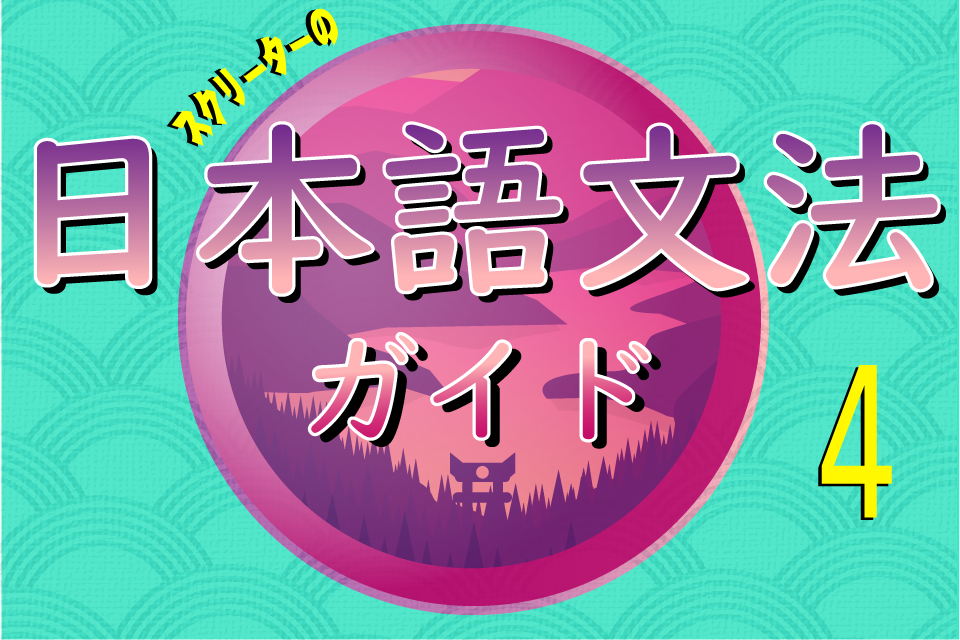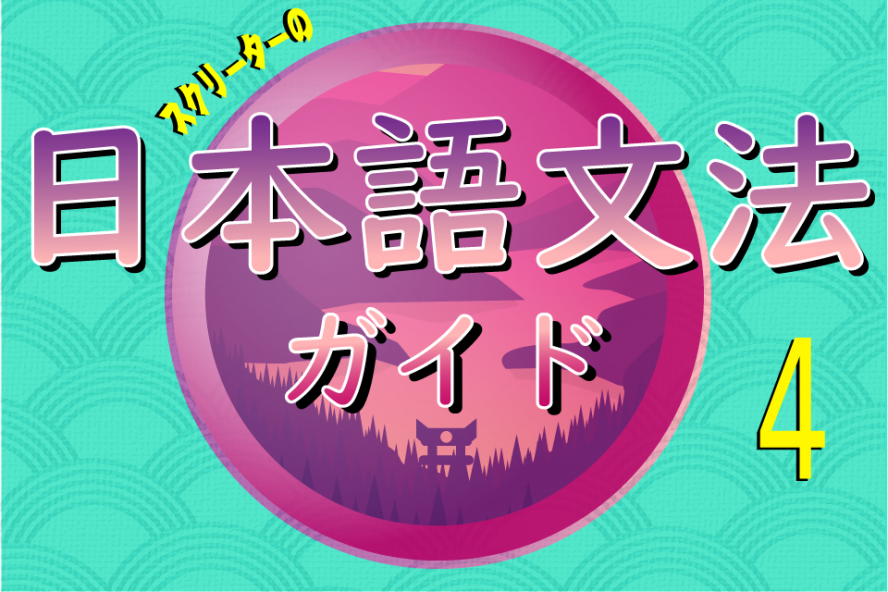
の as a particle
の can be used as a possessive particle, like how we use “‘s” to show that something belongs to someone. For example, Susan‘s bag. Or, Ken‘s car.
Examples of using の as a possessive particle:
スーザンさんの鞄。
Susan’s bag.
ケンさんの車。
Ken’s car.
私の猫の名前はココです。
My cat’s name is Coco.
By adding の after a noun, it shows that the following word is a possession of the first word. It can also be used to treat a noun like an adjective.
Asking “Please”
In order to ask please as in “Please do this,” first you need to change the verb you would like them to do into the て form. You don’t always need to use a verb when asking please. For instance, if you’d like just one of something, you could say:
一つください。
ひとつください。
One, please.
The つ used after the word for “one” (一) is a counter, something that’s used as a counter for objects, which we’ll get into in the next lesson!
When using ください this way, you simply add it on to the end. However, if it involves an action, which requires a verb, you would convert the verb to the て form first, before adding ください.
Let’s quickly review how it’s done using する (to do) as an example. First we convert it to it’s polite form.
する→します
Next, drop ます from the verb — in this case, just leaving し.
します→し
Then, add て
し+て = して
Now that the verb is in its て form, you can simply add ください.
勉強してください。
Please study.
る verbs, and how to convert them into the て form
Let’s see how to convert verbs into the て form. This doesn’t always work the same way as with する, it depends on which type of verb it is. However, let’s take the category する would be in, る adjectives, as an example to start with. It would be in the る category, because the verb in it’s plain form ends in る. As a huge note, する is an irregular verb, which means it doesn’t have a rule you follow the same way as other verbs that end in る (besides the other irregular verb in Japanese– 来る).
Here are five examples of る verbs:
する
来る (くる)
座る (すわる)
走る (はしる)
踊る (おどる)
する and くる happen to both be irregular verbs. Don’t worry though, where English has roughly 200 irregular verbs, Japanese has only a few. In fact, these are the two most common irregular verbs and some teach they are the only two.
Let’s conjugate 来る into its polite form, then て form, just to drill into the ground how conjugating these two irregular verbs into the て form works. Keep in mind, the way you conjugate する and 来る is not the same way you conjugate any other verb that ends in る.
来る→来ます
くる→きます
Next, drop the ます
来ます→来
きます→き
Now, add て
来+て=来て
き+て=きて
Notice how the sound く (from 来る or くる) changes into き. Also notice how with する, which becomes します, the sound changes into し. Finally, let’s take a look at the other non-irregular verbs to see how this should actually work.
Conjugating る verbs into the ます form
座る→座ります
すわる→すわります
走る→走ります
はしる→はしります
踊る→踊ります
おどる→おどります
See how the first sound of the verb doesn’t change, unlike the two irregular verbs する and くる. With すわる, the す stays intact in すわります. In はしる, the は stays intact in はしります, etc. This is the way it will work for all other standard (non-irregular) verbs, basically everything besides する and くる.
The る sound in these verbs is changed to り, then ます is added.
Conjugating る verbs into the て form
This is pretty simple. Just drop る, and add て
食べる→食べて
見る→見て
寝る→寝て
These are considered “group 2” verbs. However, some る verbs (group 1) must end in って instead of just て.
座る→座って
走る→走って
踊る→踊って
Knowing how a verb conjugates (in this case, whether it uses って or て) will come naturally with practice.

